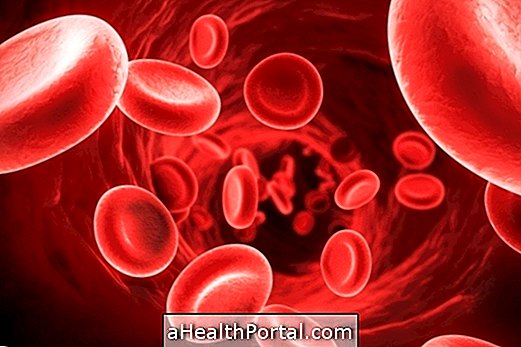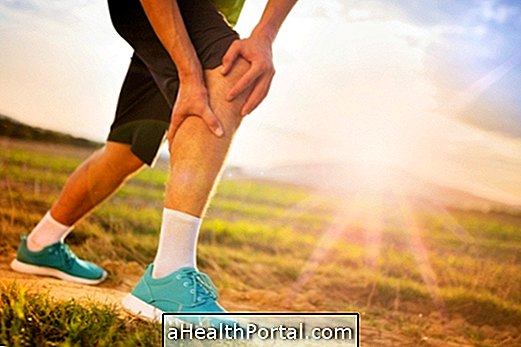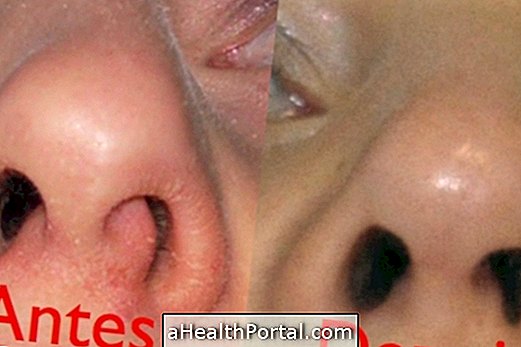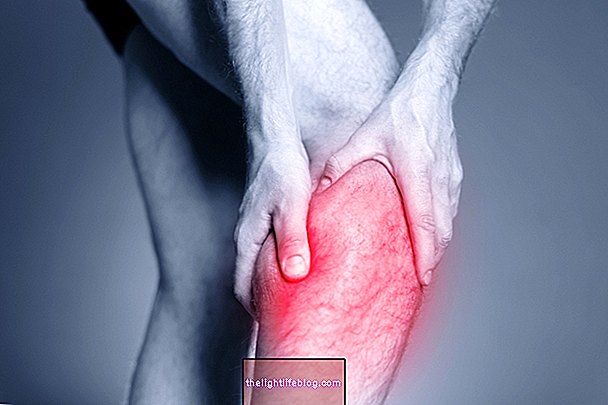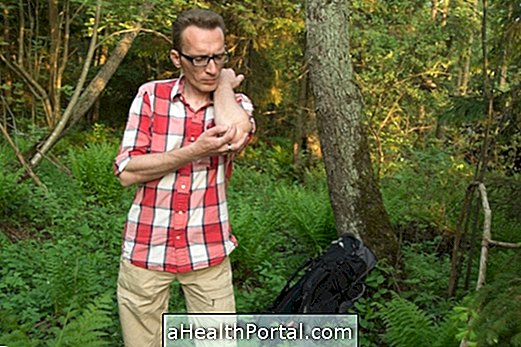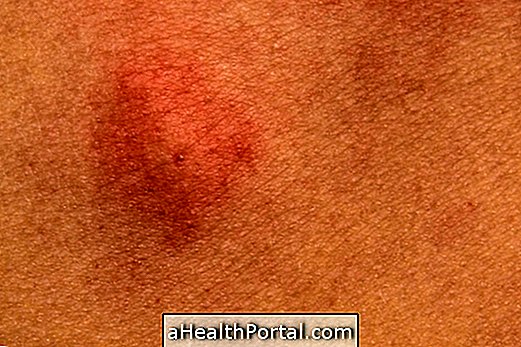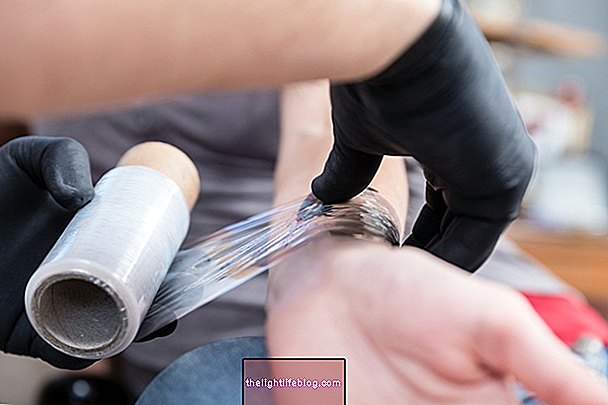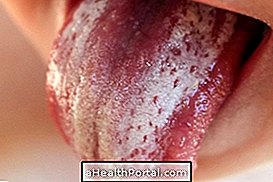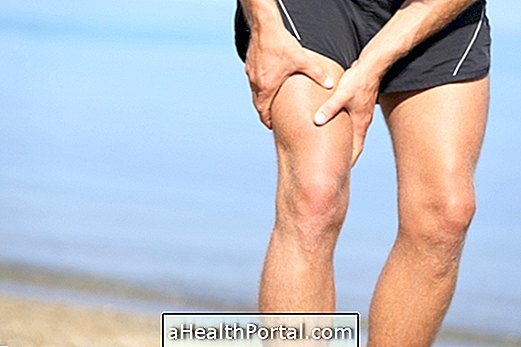Paracoccidiodomycosis is an infection caused by the fungus Paracoccidioides brasiliensis, which is usually present in soil and vegetables, and can affect a variety of body sites, such as the lungs, mouth, throat, skin, or lymph glands.
Also called South American blastomycosis, this infection is acquired through breathing and is more common in tropical regions, causing symptoms such as lack of appetite, weight loss, cough, fever, itching, mouth ulcers and the appearance of gullets. It can come in two forms:
- Juvenile form : more frequent in children and young people from 10 to 20 years, which usually appears more acute, after a few weeks of the contagion;
- Adult form : it usually affects people between the ages of 30 and 50, especially rural workers, such as farmers, and people who smoke, drink alcohol or are malnourished, being a more chronic form, evolving over months years after the infection.
After confirmation of the diagnosis, with blood tests and biopsy, the doctor may advise treatment with antifungals such as Fluconazole, Ketoconazole, Itraconazole or Amphotericin, for example.
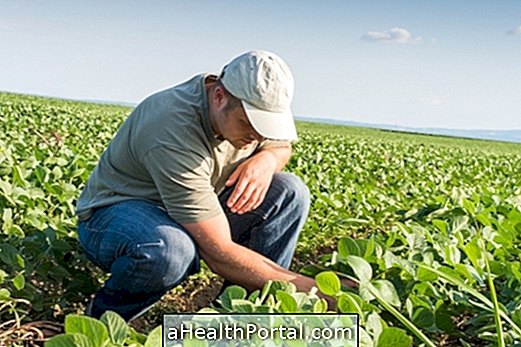
How Transmission Happens
Paracoccidiodomycosis is contracted by breathing, with the inhalation of particles of Paracoccidioides brasiliensis . This fungus lives in the soil of the plantations, so it is common to affect residents of rural areas, farmers and farmers, for example, because the person can inhale the fungus along with the dust of the earth.
After being installed in the lungs, paracoccidioidomycosis fungi cause the disease by 2 different pathways:
- They spread through the bloodstream and lymphatic to other organs of the body, such as skin, lymph nodes, liver, spleen, skin and brain, OR
- They remain dormant in latent lung lesions for many years until the disease develops, especially during weakened immunity such as malnutrition, alcoholism, use of immunosuppressive drugs or HIV infection, for example.
The second pathway is the most common because it is usually more common to infect the fungus even as a child or adolescent; however, the symptoms generally appear in adulthood.
It is important to remember that paracoccidiodomycosis is not transmissible from one person to another, neither by direct contact nor by the sharing of personal objects. Also check out other diseases caused by fungi that spread throughout the body, such as Histoplasmosis or Blastomycosis.
Main symptoms
Paracoccidiodomycosis presents several forms of signs and symptoms, which vary according to personal characteristics such as age, health status, immune reaction and even genetic factors. The main signs and symptoms include:
- Loss of appetite and weakness;
- Pallor;
- Weight loss;
- Fever;
- Shortness of breath and cough, which may be with or without blood;
- Injuries to the skin or mucous membranes, especially on the face, mouth, lips, gums, causing difficulties in chewing and swallowing;
- The appearance of aneurysms by enlargement of the lymph nodes, which is also called lymph node enlargement;
- Increased spleen liver.
In more severe cases, the disease can also target organs such as the brain, intestines, bones or kidneys, for example.

How to confirm
For the diagnosis of paracoccidiodomycosis, the doctor will make the clinical evaluation, physical examination, and may request exams such as chest X-ray, blood count, inflammation meters and evaluation of kidney and liver functions, for example.
Confirmation is made primarily from the identification of the fungus in a biopsy of some lesion; however, other useful tests include sputum collection, lung aspiration, lesion scraping or fungus culture.
In addition, there are also blood tests that can identify antibodies against the fungus, which can help in the diagnosis and follow-up of the treatment of the disease.
Forms of treatment
The treatment of paracoccidiodomycosis is guided by the infectious physician, made with the use of antifungals like Itraconazole, Fluconazol, Ketoconazol or Voriconazol, for example. The antibiotic Sulfamethoxazole / trimethoprim is also useful in combating this infection, so it may also be indicated.
Treatment can be done at home using the tablets. Generally, the treatment for the elimination of this fungus is long, and can last for months to years. In severe cases, where there is severe weakness or severe impairment of the lungs and other organs, hospitalization and the use of more potent vein medicines such as amphotericin and rifampicin may be necessary.
It is also indicated to avoid smoking, alcoholic beverage, and to treat intestinal parasitoses, which are common in these patients.
How to prevent
As Paracoccidioides brasiliensis lives in the soil and in the environment, it is difficult to establish forms of prevention, however, some care is recommended, especially for people working in rural areas, such as paying attention to personal hygiene, washing hands and bathing at the end of the day, in addition to always wearing appropriate personal protective equipment, with appropriate clothing, gloves and boots.
